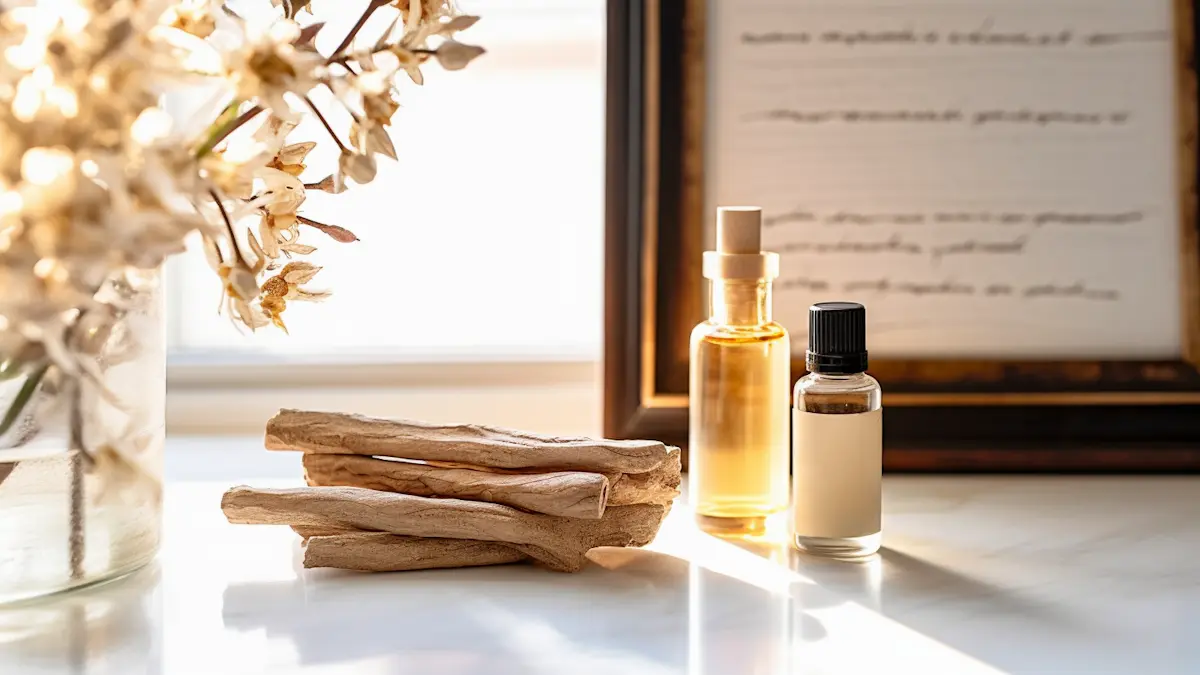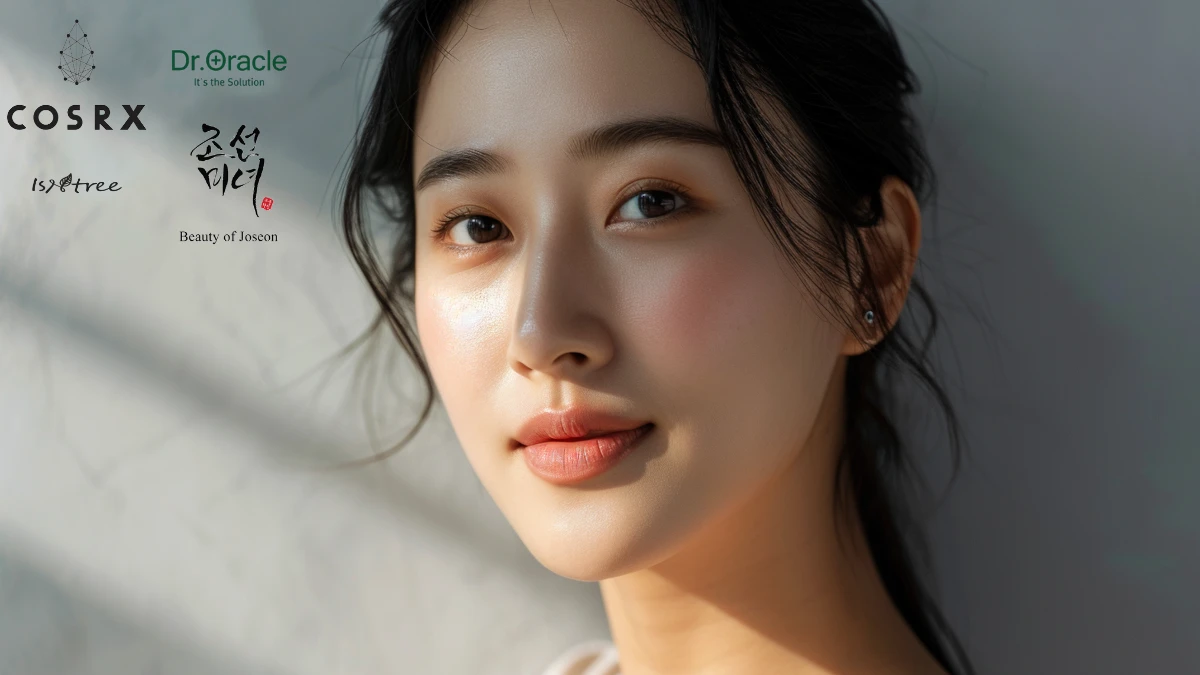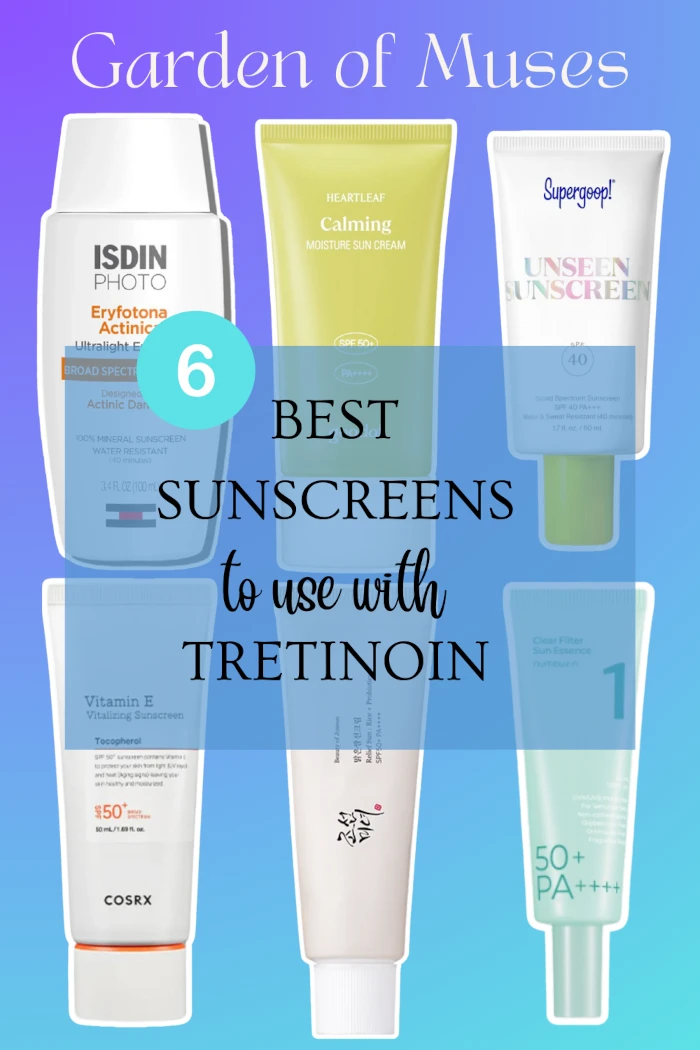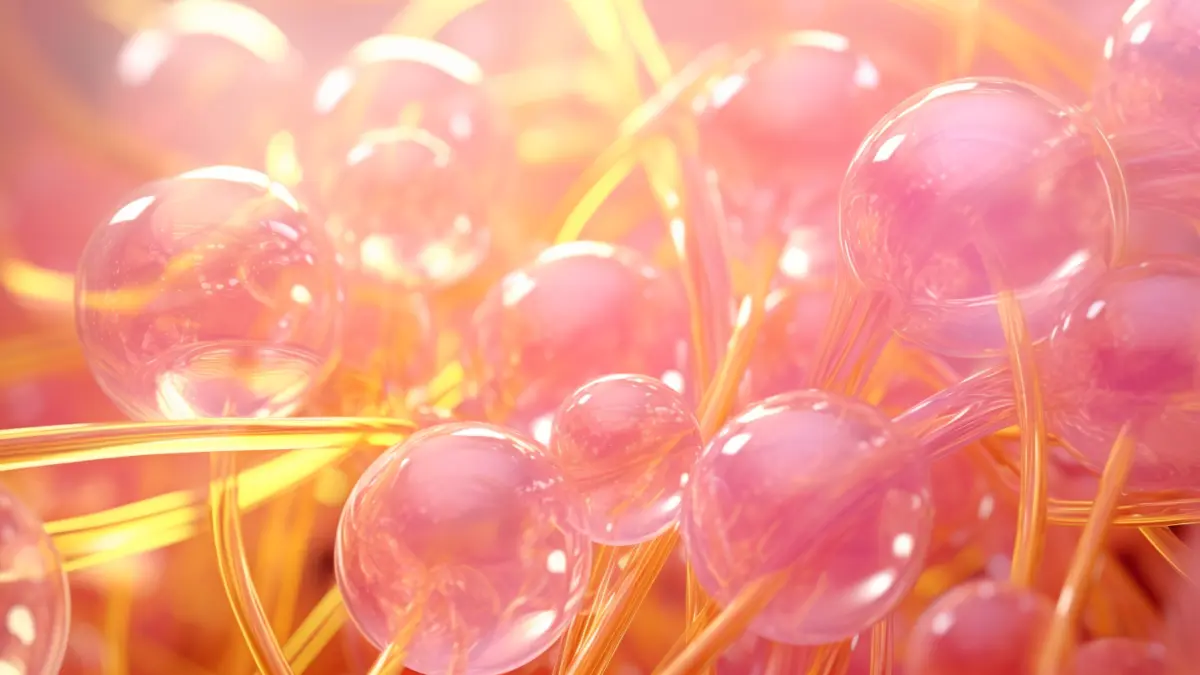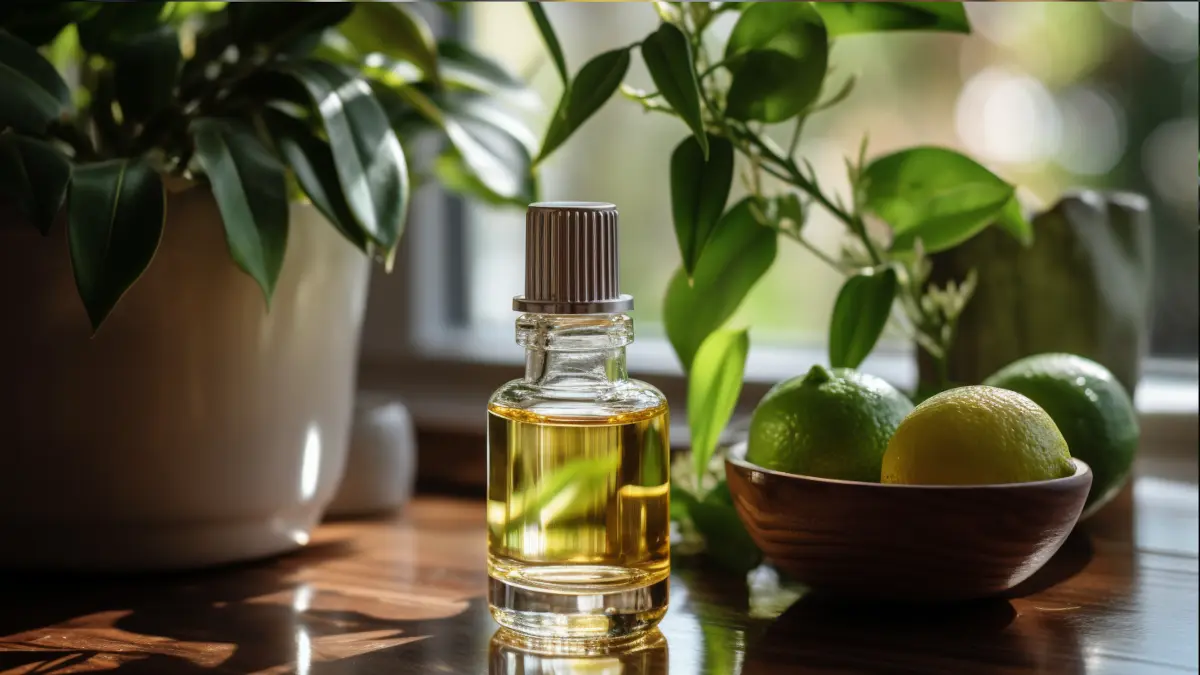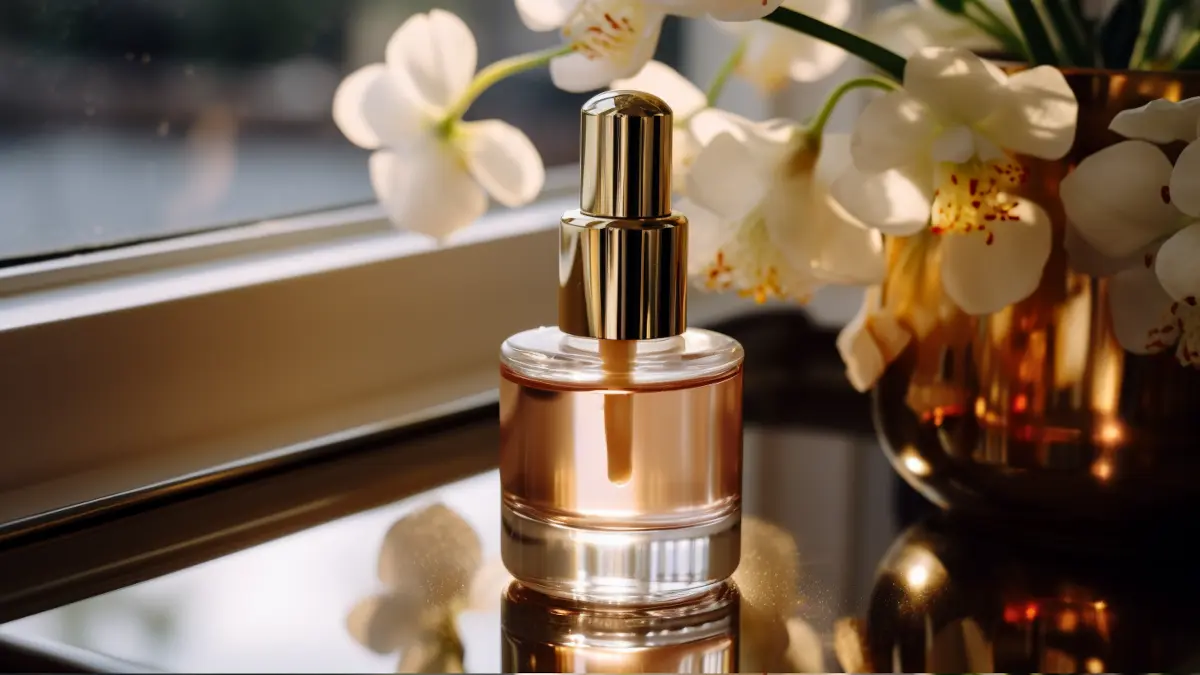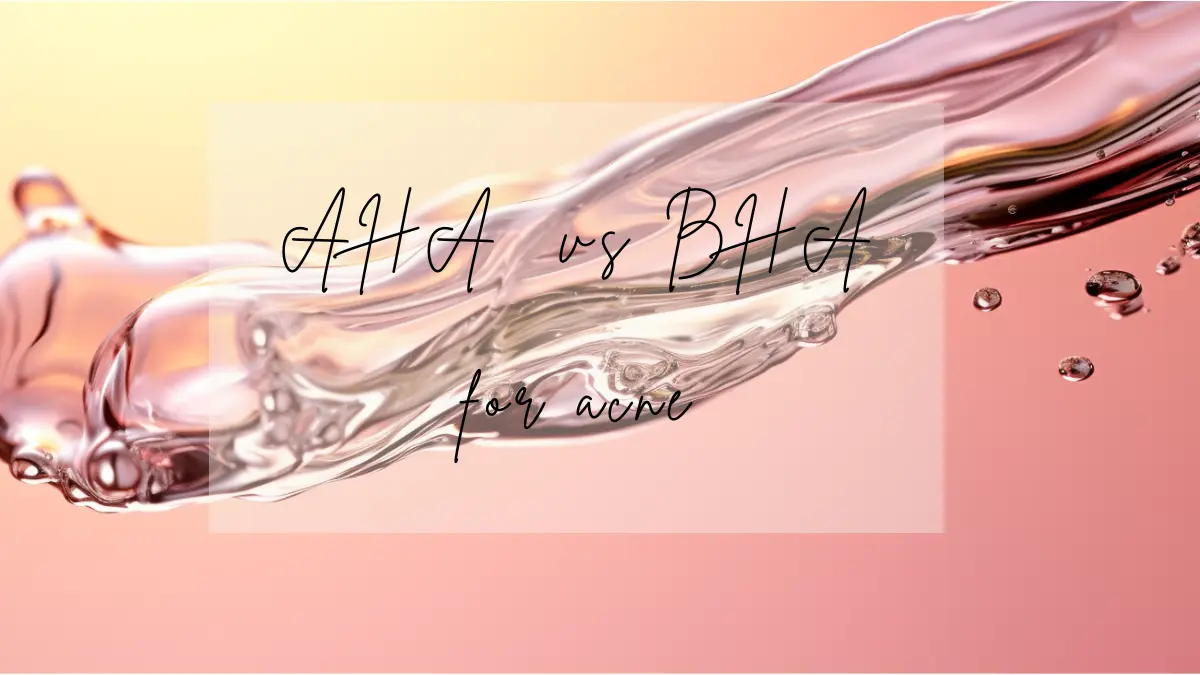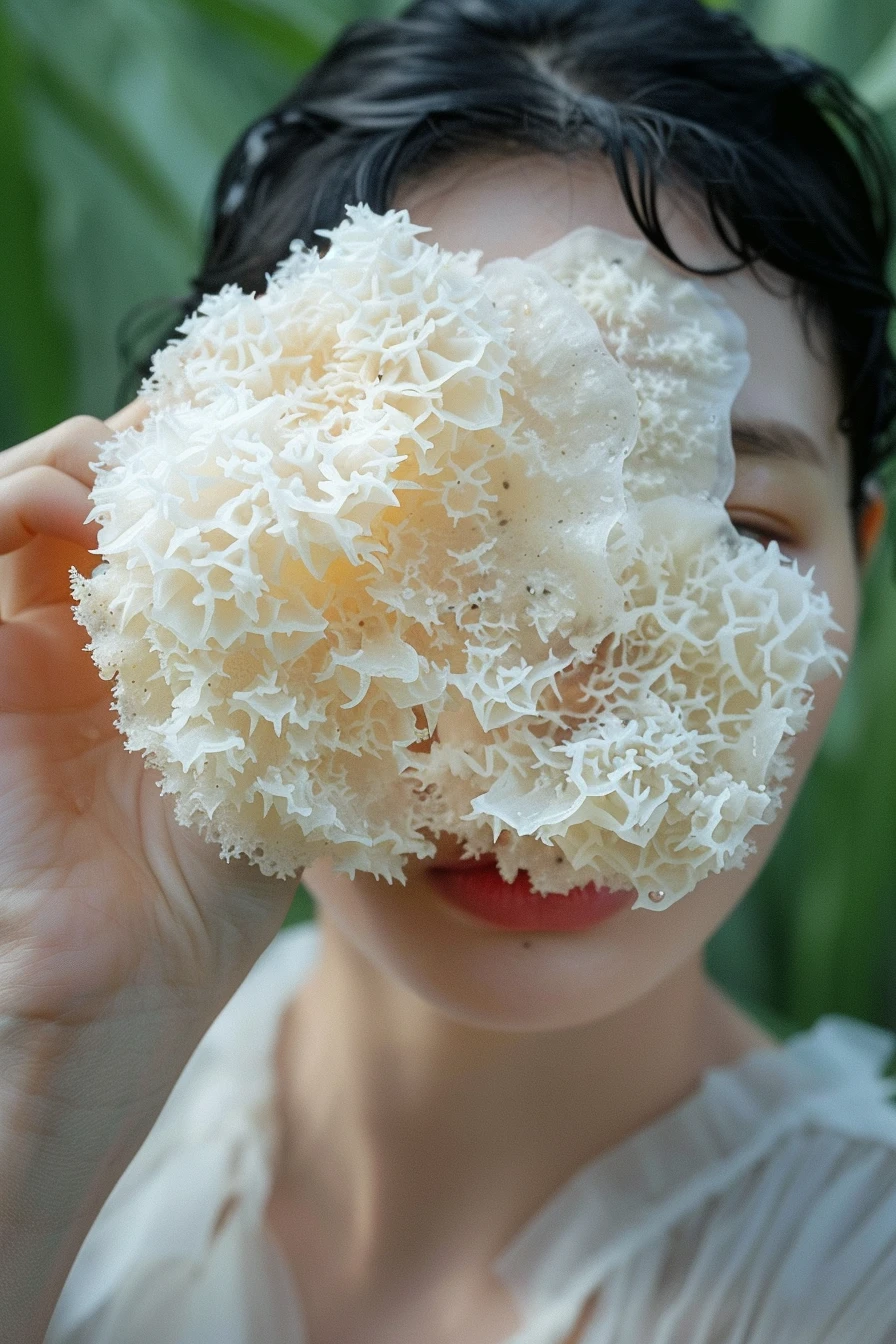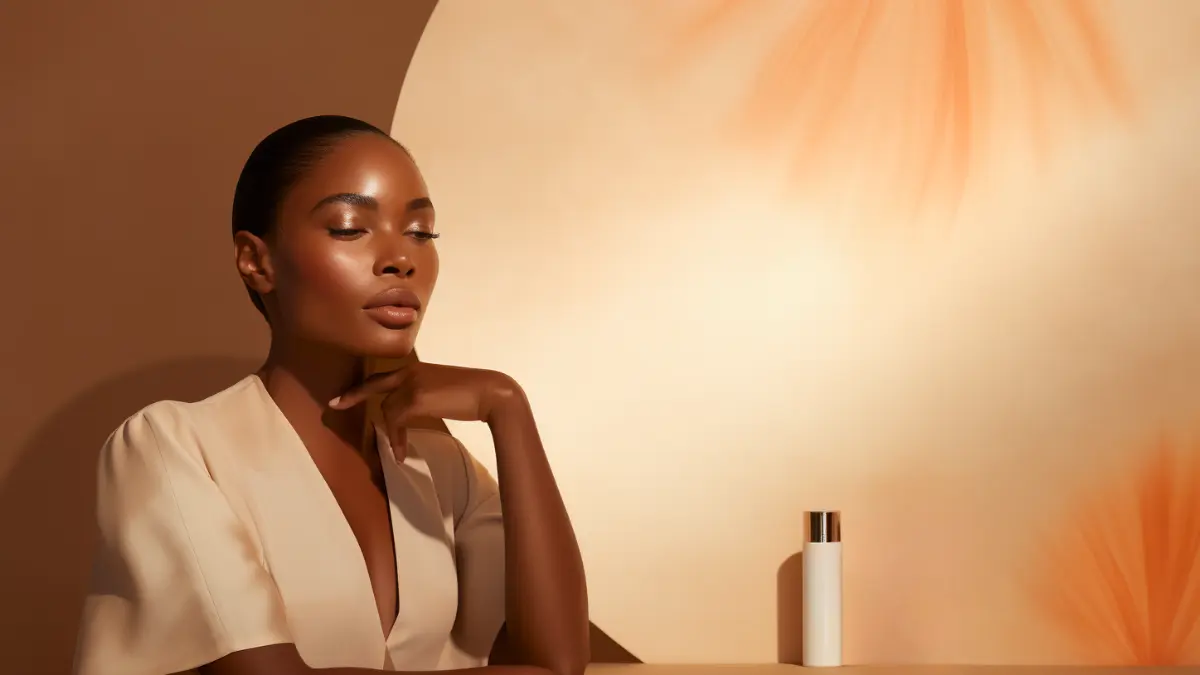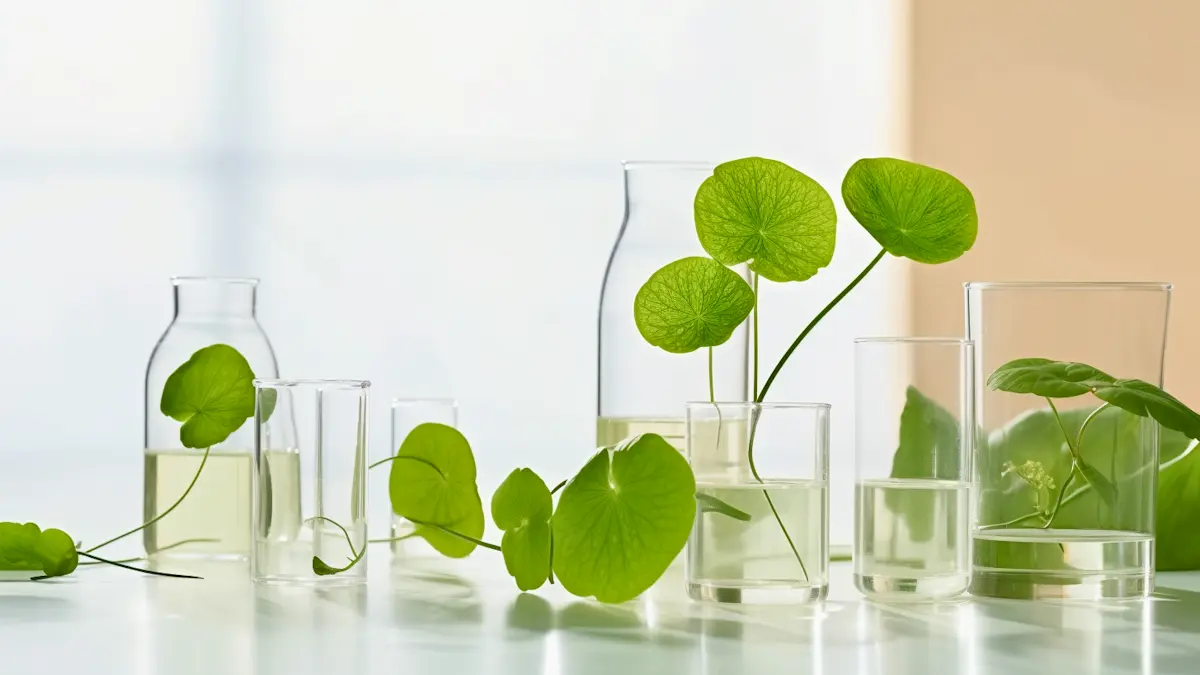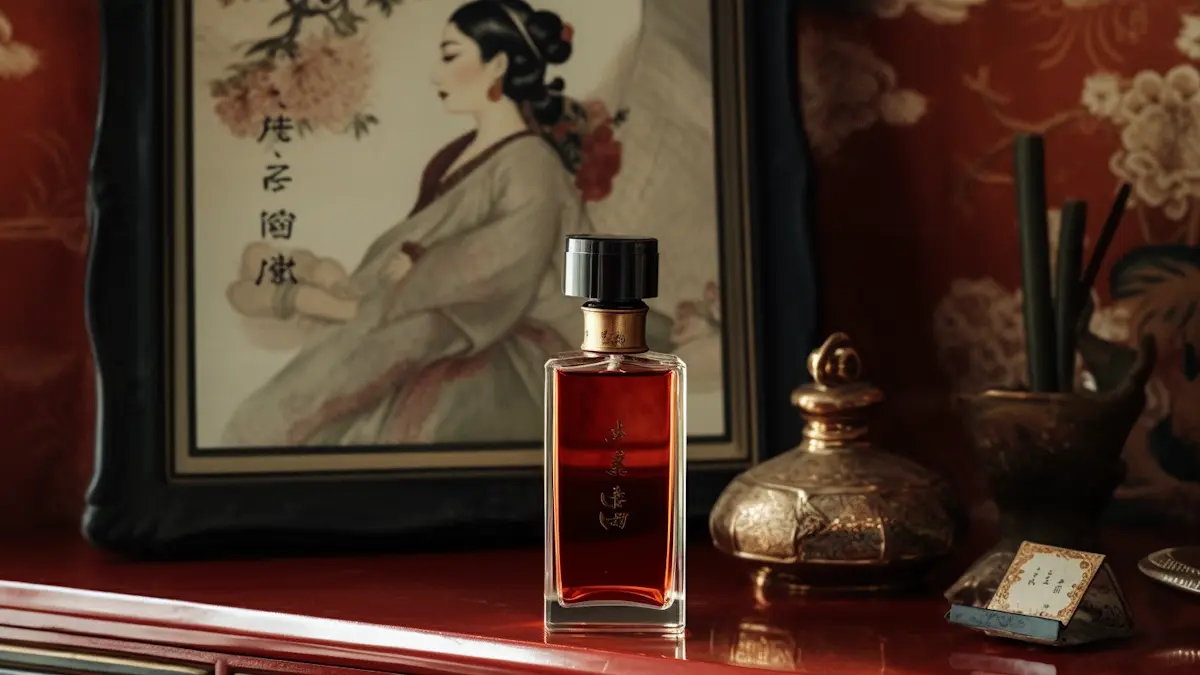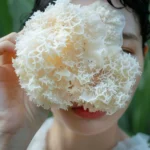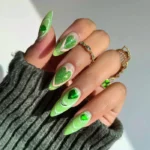In the ever-evolving world of skincare, we often find ourselves surrounded by many products promising to transform our skin. Yet, amid all the high-tech solutions, a humble botanical treasure often goes unnoticed – licorice root extract. Let’s dive deep into this wonder ingredient that has been cherished for centuries, and discover the benefits of Licorice Root Extract for the skin.
Licorice Root Extract for Skin
- A Glimpse into the History Of Licorice Root Extract
- What Is Licorice Root Extract?
- Licorice Root Extract Benefits Go Beyond Skin Deep
- Licorice vs. More Potent Actives
- Identifying Licorice Root Extract in Ingredient Lists Can Be Tricky
- Licorice Root Extract Skin Benefits
- The Best Products with Licorice Root Extract
- Who Is Licorice Root Extract Good For?
- Licorice Root Extract Safety
- Licorice Root Extract and Niacinamide
- What Not to Mix with Licorice Extract?
- How Often Can I Use Licorice Extract?
- Final Thoughts
A Glimpse into the History of Licorice Root Extract
Picture this: a plant rooted in tradition, with its roots holding secrets that our ancestors knew well. Licorice root extract, derived from the Glycyrrhiza glabra plant, isn’t just a tongue-twister – it’s a powerhouse for your skin. You might have heard of it referred to as “sweet root” or “liquorice,” a natural gem with a history stretching back to ancient civilizations.
Step into the shoes of our ancestors, and you’ll find that licorice wasn’t just a tasty treat. It was celebrated in traditional medicine for its incredible healing properties. Legends whisper stories of its use in promoting skin radiance and addressing a range of ailments. As science delves deeper today, we realize those tales were rooted in truth.

What Is Licorice Root Extract?
Licorice root extract is derived from perennial flowering shrubs with horizontal underground stems (rhizomes) known as the genus Glycyrrhiza. Glycyrrhiza glabra is native to the Mediterranean region. A challenging but fun-to-read plant, right? Try saying it ten times real fast!
Glycyrrhiza Uralensis and Glycyrrhiza Inflata are native to parts of Asia. Today, licorice is cultivated worldwide, in countries including China, India, Italy, Pakistan, and Turkey.
Licorice root extract has been used in traditional medicine (both in southern Europe and Asia) for more than 4000 years. In Chinese medicine, licorice root extract (known as Gan Cao, 甘草) is combined with other herbs to increase the effectiveness of other herbal ingredients, reduce their toxicity, and improve the flavor of herbal formulations. Licorice root also has many uses in the food, confectionery, and tobacco industries – where it’s used as a flavor and moisture enhancer.
Many skincare and cosmetic products contain licorice root extract or its active constituents for its skin brightening, soothing, antioxidant, and natural fragrance properties. Due to the growing preference for natural and gentle ingredients and skin-brightening products, it has become a trendy ingredient in Korean skincare. In 2008, a survey conducted by the Personal Care Products Council (in the United States) found that licorice root extract is used at concentrations ranging from 0.0001 to 0.4% in skincare and cosmetics products.

Licorice Root Extract Benefits Go Beyond Skin Deep
Before we embark on the skincare journey, let’s acknowledge the broader health benefits of licorice. It has been known to:
- Support digestive wellness by relieving symptoms of indigestion, such as acid reflux, upset stomach, and heartburn.
- Bolster the immune system.
- Help treat peptic ulcers caused by Helicobacter pylori bacteria.
- Have antimicrobial activity against the hepatitis C virus.
- Prevent tooth decay by inhibiting the growth of Streptococcus mutans bacteria in the mouth.
- It may help soothe sore throats and other upper respiratory problems.
Licorice vs. More Potent Actives
There are many ingredients available to help fade hyperpigmentation. Some are naturally derived plant extracts, while others are synthetically derived compounds. Each ingredient works slightly differently: by preventing either melanin synthesis or melanin deposition within melanocytes or increasing skin cells’ turnover rate to shed pigmented skin cells faster.
Derms love to prescribe hydroquinone, retinoids, and vitamin C (L-ascorbic acid in particular) as they are the most effective ingredients for fading hyperpigmentation. While these heavy hitters can yield impressive results, they often come with a side of sensitivity. The potential side effects of these powerful ingredients are skin sensitization, irritation, and dryness. Therefore, there is a rising trend toward using naturally derived extracts for hyperpigmentation.
Licorice root extract emerges as a gentle yet potent contender in a world where powerful ingredients like hydroquinone and retinoids reign supreme. Licorice root extract offers a more nurturing path to radiant skin without the potential downsides.
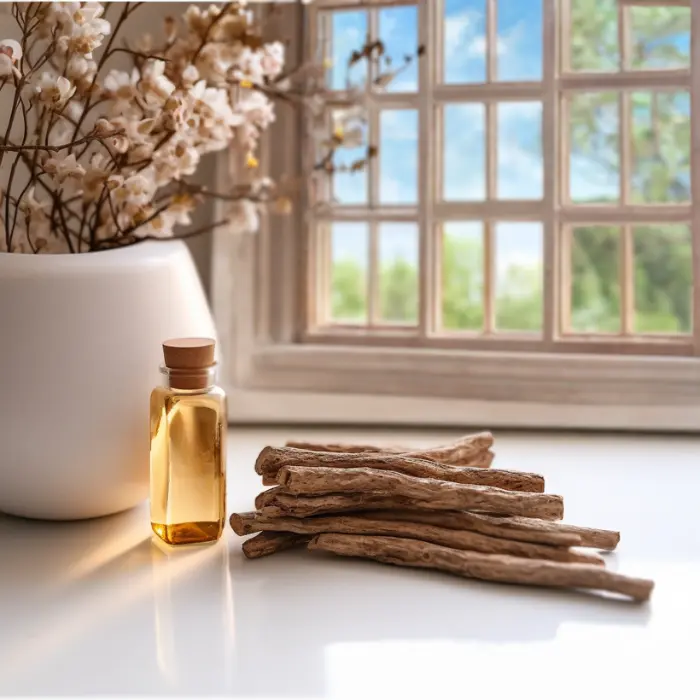
Identifying Licorice Root Extract in Ingredient Lists Can Be Tricky
Navigating ingredient lists can feel like a cryptic puzzle. Several parts of the licorice plant are sometimes used in skincare products, namely:
- Licorice Root Extract
- Licorice root water
- Licorice root juice
- Licorice root powder, and
- Licorice leaf extract
The chemical composition of these licorice-derived ingredients differs from that of licorice root extract, giving them different properties when it comes to skincare. For example, licorice root water is an aqueous solution of the steam distillate obtained from the roots of Glycyrrhiza glabra. This is one of the chemical processes used to extract essential oils from plants, and licorice root water is classified as an essential oil and astringent.
I’ll focus on licorice root extract in this article as scientific research suggests that the root of the licorice plant contains the highest concentration of ingredients with skin-benefiting compounds.
To spot licorice root extract, look for terms like “licorice root extract” or “Glycyrrhiza glabra root extract” in their ingredients list if they contain licorice root extract. However, other names are sometimes used instead:
- Licorice root
- Glycyrrhiza Uralensis root extract
- Glycyrrhiza Inflata root extract ( Chinese species)
To make things a little more confusing, some products contain active constituents.
Glycyrrhizic acid
Glycyrrhizic acid is the main chemical component of licorice root. It is also the main component responsible for licorice’s sweet taste. It is 50 times sweeter than sugar. Depending on growing conditions and area of origin, it is present in concentrations of 1% to 24% in the root of the licorice plant.
Although glycyrrhizic acid is an antioxidant and may play a role in brightening the skin, it is mainly known for its ability to help calm the skin and decrease sensitization. Glycyrrhizic acid is used at 0.1% in skincare products.
Glycyrrhetinic acid
Glycyrrhetinic acid is an ingredient derived from glycyrrhizic acid or shredded licorice shoots. It has strong soothing and anti-irritant properties and has also been shown to calm skin sensitization caused by sunburn and insect bites. It works by reducing the production of pro-inflammatory cytokines and maintaining cortisol, an anti-inflammatory naturally present in the skin, in its active form.
Although Glycyrrhetinic acid has been shown to inhibit melanogenesis and tyrosinase activity, its derivatives have been found to have a more substantial inhibitory effect. This ingredient is used at a maximum concentration of 2% in skincare products.
Dipotassium Glycyrrhizate
Dipotassium Glycyrrhizate is a salt derived from the licorice root. It is an excellent anti-irritant and anti-inflammatory and is used in skincare products to improve the appearance of dry and damaged skin and soothe and calm irritated skin.
Studies have shown that it may be an effective treatment for atopical dermatitis and helps reduce the redness and irritation associated with rosacea, psoriasis, and acne. I couldn’t find any studies that suggest that dipotassium glycyrrhizate is an effective skin-brightening agent. It is used in skincare products at a maximum concentration of 1%.
Stearyl Glycyrrhetinate
Stearyl glycyrrhetinate is the ester of stearyl alcohol and glycyrrhetinic acid. It also has strong soothing and anti-inflammatory properties.
Skincare brands prefer it over Glycerrhetinic acid as it contains an oil-soluble molecular group that easily dissolves in a lipid environment. It is used at maximum concentrations of 0.1% in skincare products.
Ammonium glycyrrhizate
Ammonium glycyrrhizate is the ammonium salt of glycyrrhizic acid and is also a soothing and anti-inflammatory ingredient.
This ingredient is added to lipsticks, lip balms, toothpaste, and other dental hygiene products to mask unpleasant flavors. It is even used in baby care products and shampoos. Ammonium glycyrrhizate is used at a maximum concentration of 5% in skincare products.
Licorice Root Extract Skin Benefits
Licorice root extract is becoming a frequently used plant extract in skin care products today because of its fantastic ability to prevent skin hyperpigmentation and fade existing hyperpigmentation – all while soothing your skin and providing it with antioxidants.
If you haven’t read Alyssa’s guide on treating hyperpigmentation, I recommend you check it out first. It is massive. In that article, she goes over different types of hyperpigmentation. She gives excellent information about all the potent ingredients such as retinol (and other retinoids), vitamin C, hydroquinone niacinamide, arbutin, azelaic acid, kojic acid, natural oils, and chemical exfoliants.

1. Licorice Root Extract for Hyperpigmentation
Licorice root extract is like a symphony, with each component playing a unique melody. Licorice root does contain many other compounds, though, with the most concentrated ones being proteins, sugars, fats, starch and gums, phenols (mainly flavonoids), and saponins.
There are a handful of flavonoid components of licorice root that have been shown to have skin-brightening properties. Glabridin, Liquiritin, and Licochalcone A are the stars of the show, each with its magical touch.
Glabridin: Nature’s Brightening Gift
Glabridin is probably one of the most intensely studied licorice flavonoids. It was first isolated and characterized in 1976, and every year, the number of scientific publications dealing with its chemical and biological properties increases exponentially. It is localized only in the cork layer and the decayed part of the roots of Glycyrrhiza glabra, making up a total of 0.08 to 0.35 percent of the roots’ dry weight (once moisture is removed).
Over these years, studies have found that Glabridin has antioxidant, anti-inflammatory, neuroprotective, anti-atherogenic, energy metabolism regulation, anti-tumorigenic, anti-nephritic, antibacterial, and skin-brightening properties, earning its reputation as a multi-tasking wonder.
Its antioxidant, anti-inflammatory, and brightening properties, in particular, make licorice root extract (or Glabridin-enriched licorice root extract) an attractive ingredient to include in skincare products. There are currently almost 200 patents associated with the isolation, synthesis, formulation, and applications of Glabridin (with 70% having a cosmetic or dermatological application).
How Does Glabridin Fade Hyperpigmentation?
Numerous studies have found that Glabridin can prevent UVB-induced melanin synthesis by inhibiting the enzyme tyrosinase. However, most of these studies are only in vitro (test tube experiments).
One study found that Glabridin is better at inhibiting tyrosinase than kojic acid (another popular skin-whitening ingredient). Another study found that topical application of 0.5% Glabridin to the skin of guinea pigs reduces UVB-induced erythema and hyperpigmentation.
The inhibitory effects on tyrosinase make Licorice Root Extract a great depigmenting ingredient, effectively eliminating post-inflammatory hyperpigmentation (PIH).
How to Get Rid of Post-Inflammatory Hyperpigmentation – AKA Acne Marks
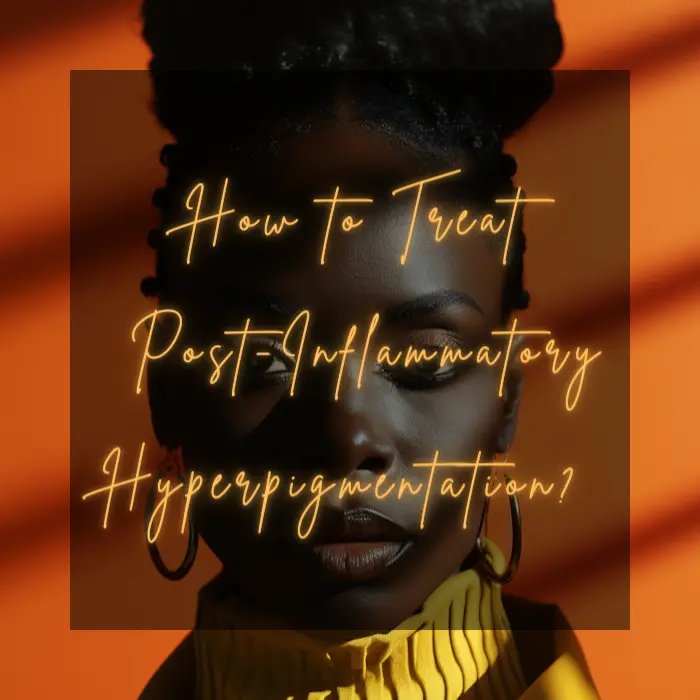
Liquiritin
Licorice root extract has other beneficial flavonoids besides Glabridin. Studies investigating the inhibitory effect of licorice root extract on tyrosinase activity have found its effect to be higher than is expected from the level of Glabridin in the extract alone – suggesting that there is another compound that can inhibit tyrosinase.
Liquiritin, in particular, has been found to have the ability to fade hyperpigmentation.
Liquiritin is similar to liquiritigenin, also found in licorice root extract. In contrast to Glabridin, which has only been detected in the roots of one species of licorice plant (Glycyrrhiza glabra), liquiritigenin and Liquiritin have been detected in all three significant species, Glycyrrhiza glabra, Glycyrrhiza Uralensis, and Glycyrrhiza Inflata.
How Does Liquiritin Fade Hyperpigmentation?
A study from Pakistan showed that a solution containing 2% Liquiritin was significantly more effective at fading melasma than a 4% hydroquinone solution when applied topically for eight weeks.
Another study in Egypt asked subjects to apply a 20% Liquiritin cream on one side of the face and a control cream on the other twice daily for four weeks. The results showed that most subjects had an “excellent response” to the side of the face treated with the Liquiritin cream, whereas the control side exhibited no response.
Research suggests that these compounds inhibit tyrosinase activity, thereby helping to prevent the production of melanin and skin pigmentation.
Liquiritin May Increase Skin Pigmentation
I couldn’t believe it when I came across a study that reports the ability of liquiritin and liquiritigenin to promote melanogenesis by upregulating melanogenesis-related genes!
The researchers found that as the dose of Liquiritin and liquiritigenin increased, the tyrosinase activity also increased. In other words, liquiritin and liquiritigenin were found to increase melanin formation.
The authors of one of the studies even suggested that these flavonoids and possibly similar flavonoids found in licorice root extract may be used as potentially potent and safe tanning agents!
How Effective Is Licorice Root Extract at Fading Hyperpigmentation?
Research demonstrates that licorice root extract has a considerable impact on hyperpigmentation. Its natural approach makes it a darling for sensitive skin, providing a gentle yet effective route to a more even skin tone.
Still, much research has focused on glycyrrhizic acid’s antioxidant and skin-calming effects. More research needs to be done in this area to know how effective licorice root extract is at fading hyperpigmentation.
The studies investigating the tyrosinase-inhibiting effects of licorice root extract have only focused on particular compounds – and at concentrations much higher than those found naturally in licorice root. We, therefore, don’t know for sure if the minute amount of tyrosinase-inhibiting flavonoids present in our skincare products is enough to have an effect.
The two studies that found that Liquiritin can increase melanin formation also used concentrations much higher than those in licorice root. In other words, we don’t know if licorice root extract can increase hyperpigmentation since it only contains minute amounts of Liquiritin.
Even if licorice root extract isn’t the strongest ally in fighting hyperpigmentation, your skin still benefits from its soothing and anti-inflammatory properties.
2. Licorice Calms the Skin and Soothes
For those with sensitive skin, consider this your golden ticket. Licorice root extract’s soothing properties make it an ideal choice for minimizing redness, irritation, and taming inflammation – a true friend for delicate complexions.
Its components aren’t just reserved for hyperpigmentation. They’re like a soothing balm for your skin’s woes. They have strong soothing, anti-irritant, and anti-inflammatory properties to help calm the skin, offer relief for acne-prone, and decrease sensitization. They may also be an effective treatment for atopical dermatitis.
3. Licorice Root Extract Is an Antioxidant
Several components of licorice root extract, such as Licochalcone A and glycyrrhizic acid, are potent antioxidants, fortifying against environmental stressors and bolstering your skin’s protective barrier.
Licorice root extract isn’t content with a single role – it’s a skincare multitasker. Its antioxidant prowess shields your skin from free radicals, doubling as a UV protector. Additionally, it has a hand in firming, tightening, and hydrating.
The Best Products with Licorice Root Extract
Although licorice root extract has become a well-known natural ingredient, finding skincare products that harness its powers is still challenging. I found that instead of licorice root extract, many products contain one of the soothing compounds in licorice root. In particular, I found that many products have dipotassium glycyrrhizate.
If you want to include licorice root extract in your skincare routine, then I highly recommend trying the following:
1. COSRX The Vitamin C 23 Serum

COSRX The Vitamin C 23 Serum is a powerful skin-brightening serum containing 23% pure vitamin C (L-ascorbic acid).
Besides licorice root extract, this vitamin C serum contains two types of vitamin E, Tocotrienol and Tocopherol, that work synergistically with vitamin C. It also includes humectants like panthenol and sodium hyaluronate. Allantoin, a by-product of uric acid, has many benefits, mainly helping to soothe and heal the skin.
Sadly, the COSRX The Vitamin C 23 Serum smells like hot dogs, but that’s how potent vitamin C serums smell without added fragrance on the market. The serum’s texture feels very silky.
This serum is suitable for all skin types. It’s great for people wanting to fade hyperpigmentation such as sun spots, acne scars (post-inflammatory hyperpigmentation), or melasma.
Please read David’s COSRX The Vitamin C 23 Serum in-depth review.
COSRX The Vitamin C 23 Serum Ingredients List (last checked 2025)
Water, Ascorbic Acid (23%), Propanediol, Dimethicone, Tromethamine, Panthenol, Ethyl Ascorbyl Ether, Squalane, Caffeine, Sodium Chloride, Sodium Hyaluronate, Sodium Sulfite, Disodium EDTA, Glutathione, Adenosine, Acetyl Glucosamine, Gardenia Florida Fruit Extract, Allantoin, Dextrin, Tocotrienols, Tocopherol, Elaeis Guineensis (Palm) Oil, Butylene Glycol, Arginine, Niacinamide, Pentylene Glycol, Alcohol Denat, Helianthus Annuus (Sunflower) Seed Oil, Glycyrrhiza Glabra (Licorice) Root Extract, Methyl Trimethicone, Carthamus Tinctorius (Safflower) Seed Oil, Camellia Japonica Seed Oil, Daucus Carota Sativa (Carrot) Root Extract, Beta-Carotene.
Active Herbs Humectant/Moisturizing Brightening Possible irritant Fragrance
2. Beauty of Joseon Ginseng Essence Water

Beauty of Joseon Ginseng Essence Water is a powerful nourishing, moisturizing, and anti-aging hanbang (herbal) essence that helps to brighten the skin and give your skin a healthy glow.
In addition to licorice root extract, the BOJ ginseng essence contains a complex of ginseng extracts – Panax Ginseng Root Water, Panax Ginseng Root Extract, Panax Ginseng Berry Extract, Panax Ginseng Root Ferment Filtrate. Ginseng is a powerful anti-aging ingredient used in traditional Korean medicine for centuries. It’s quickly become one of the most popular plant-derived ingredients in Korean skincare – especially for skincare lines with a hanbang (traditional herbal medicine) focus.
This essence also contains niacinamide for skin brightening and adenosine for its lovely anti-aging effects. Humectant ingredients include butylene glycol, glycerin, propanediol, glyceryl glucoside, panthenol, and sodium hyaluronate. It also has Cocoa extract that provides the skin with powerful antioxidants.
The Beauty of Joseon Ginseng Essence Water’s texture is watery, lightweight, and not sticky or greasy. This essence is scented. However, it’s not overpowering and is an earthy-natural scent.
I think this essence would be great for combination to oily skin types, especially for anyone in their 30s or older looking to incorporate anti-aging skincare products into their routine. Before purchasing, have a look at Mia’s in-depth Beauty of Joseon Ginseng Essence Water review.
Beauty of Joseon Ginseng Essence Water Ingredients List (last checked 2025)
Panax Ginseng Root Water, Butylene Glycol, Glycerin, Propanediol, Niacinamide, 1,2-Hexanediol, Water, Hydroxyacetophenone, Glyceryl Glucoside, Xanthan Gum, Panthenol, Dipotassium Glycyrrhizate, Allantoin, Adenosine, Panax Ginseng Callus Culture Extract, Theobroma Cacao(Cocoa) Extract, Dextrin, Glucose, Panax Ginseng Root Extract, Panax Ginseng Berry Extract, Lactobacillus/Panax Ginseng Root Ferment Filtrate, Sodium Hyaluronate, Ethylhexyglycerin, Disodium EDTA.
Ingredients referred from the Beauty of Joseon official website.
Humectant/Moisturizing Active Herb Ferment Brightening
3. I’m From Mugwort Sheet Mask
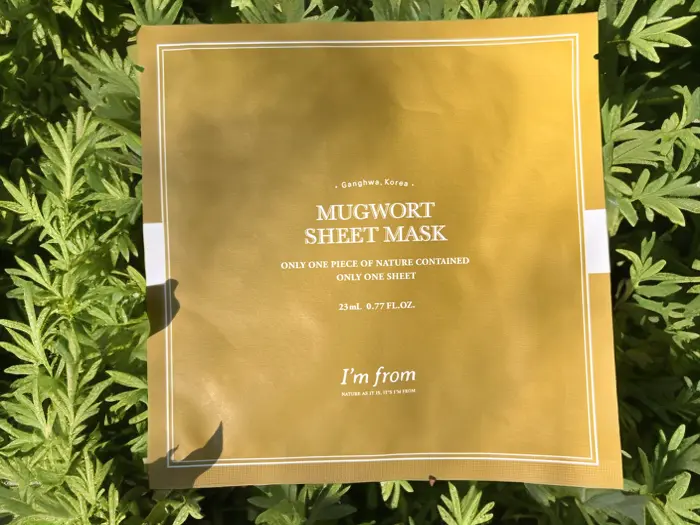
The I’m From Mugwort Sheet Mask is a gentle sheet mask made with the highest quality mugwort from Ganghwa County in Korea to calm and soothe irritated, red, or sensitive skin.
As the name suggests, this mask contains mugwort, often listed on skincare products as artemisia. This ancient Korean herb has been used for centuries for its soothing, healing, and nourishing properties.
Cordyceps sinensis extract is a mushroom with anti-inflammatory, skin-brightening, and anti-aging properties.
It contains Lichen extract, allantoin, and dipotassium glycyrrhizate, which all help to soothe inflamed, irritated, and sensitized skin. Also included in this mask are hydrating ingredients, such as butylene glycol and glycerin.
It has a natural, earthy scent because it contains many hanbang ingredients. It doesn’t contain any artificial fragrances or essential oils.
This mask is suitable for all skin types, even sensitive skin, and it’s gentle enough to use daily. People with acne may also benefit from this mask due to mugwort’s healing properties.
I’m From Mugwort Sheet Mask Ingredients List (2025 last checked)
Artemisia Princeps Extract, Butylene Glycol, Glycerin, Methylpropanediol, Cordyceps Sinensis Extract, 1,2-Hexanediol, Caprylyl Glycol, Allantoin, Zanthoxylum Piperitum Fruit Extract, Usnea Barbata (Lichen) Extract, Dipotassium Glycyrrhizate, Panthenol, Pulsatilla Koreana Extract, Carbomer, Arginine.
Humectant/Moisturizing Active Herb Brightening
Who Is Licorice Root Extract Good For?
Licorice root extract doesn’t discriminate – it’s a boon for all skin types. Whether battling hyperpigmentation, seeking anti-aging support, or simply aiming for a healthy glow, licorice offers something unique.
For those with sensitive skin, this is your go-to solution for soothing, and minimizing redness, irritation, and inflammation.
Additionally, it gently brightens by fading hyperpigmentation without the risk of irritating – a true friend for delicate complexions.
Licorice Root Extract Safety
Rest assured; licorice root extract is generally safe for most skin types. Still, conduct a patch test before a full embrace, particularly if your skin has a history of sensitivity.
During Pregnancy
Expecting? While topical use of licorice root extract is usually safe, consulting your healthcare provider is the best approach to ensure your baby’s well-being.
Licorice Root Extract and Niacinamide
If you have sensitive skin, licorice root extract would be a great ingredient to combine with niacinamide (vitamin B3). Niacinamide is a well-researched ingredient that is almost as effective as hydroquinone at fading hyperpigmentation, plus it has loads of other skin benefits.
Niacinamide works a bit differently from the compounds found in licorice root extract. It inhibits the transfer of melanin to the skin cells of the epidermis rather than inhibiting the enzyme tyrosinase. It’s also a trendy ingredient in Korean skincare products as it’s very gentle and doesn’t cause any irritation.
What Not to Mix with Licorice Extract?
To avoid skincare mishaps, refrain from combining licorice root extract with hydroquinone and retinoids. Harmony is the essence of a thriving skincare regimen.
How Often Can I Use Licorice Extract?
Start slow, and let your skin dictate the pace. Begin with a few weekly applications, gradually increasing as your skin acclimatizes. Remember, everyone’s skin journey is unique.
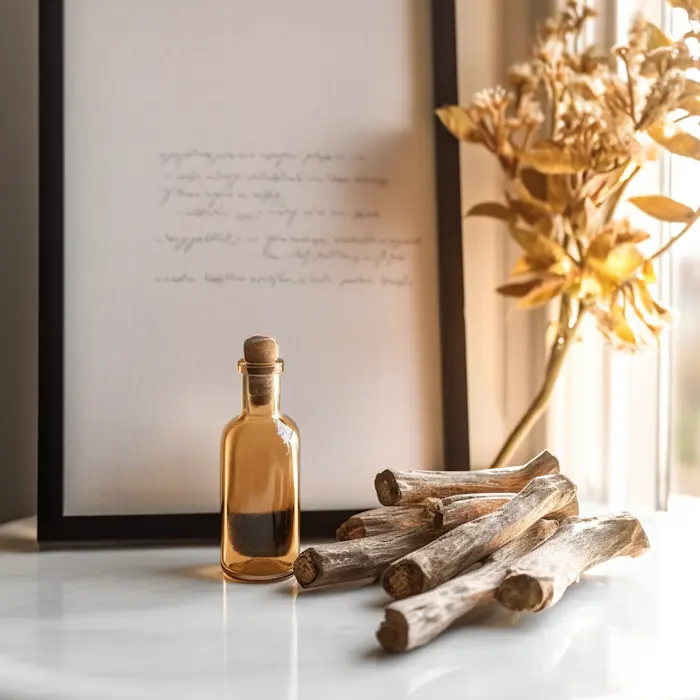
Final Thoughts
In a world of constant innovation, sometimes the most remarkable solutions come from the earth itself. Licorice root extract is a testament to nature’s ability to nurture and heal.
Research has shown that some of the compounds found in licorice root, particularly Glabridin, can prevent pigmentation. However, most of these studies have been in vitro (test tube studies) only, with much higher concentrations of Glabridin than those naturally present in licorice root extract.
That said, licorice root extract is still a worthwhile ingredient to include in your skincare routine, especially if you have sensitive skin that can’t tolerate other skin-brightening ingredients (such as retinoids, vitamin C, and hydroquinone).
It appears that licorice root extract is more often used in skincare products as a calming and soothing ingredient, rather than a brightening ingredient. Its anti-inflammatory properties contribute to a harmonious, clear complexion.
Show Me Proof
- Yamauchi, Kosei, Tohru Mitsunaga, and Irmanida Batubara. “Isolation, identification and tyrosinase inhibitory activities of the extractives from Allamanda cathartica.” Natural Resources 2, no. 3 (2011): 167.
- Yokota, Tomohiro, Hiroyuki Nishio, Yasuo Kubota, and Masako Mizoguchi. “The inhibitory effect of glabridin from licorice extracts on melanogenesis and inflammation.” Pigment cell research 11, no. 6 (1998): 355-361.
- Tian, Minglei, Hongyuan Yan, and Kyung Ho Row. “Extraction of glycyrrhizic acid and glabridin from licorice.” International journal of molecular sciences 9, no. 4 (2008): 571-577.
- Zubair, Shazia, and Ghulam Mujtaba. “Comparison of efficacy of topical 2% liquiritin, topical 4% liquiritin and topical 4% hydroquinone in the management of melasma.” Journal of Pakistan Association of Dermatologists 19, no. 3 (2009): 158-163.
- Amer, Mohamed, and Mohamed Metwalli. “Topical liquiritin improves melasma.” International journal of dermatology 39, no. 4 (2000): 299-301.
- Li, Yumeng, Jinhua Huang, Jianyun Lu, Yufang Ding, Ling Jiang, Shuanghai Hu, Jing Chen, and Qinghai Zeng. “The role and mechanism of Asian medicinal plants in treating skin pigmentary disorders.” Journal of ethnopharmacology 245 (2019): 112173.
